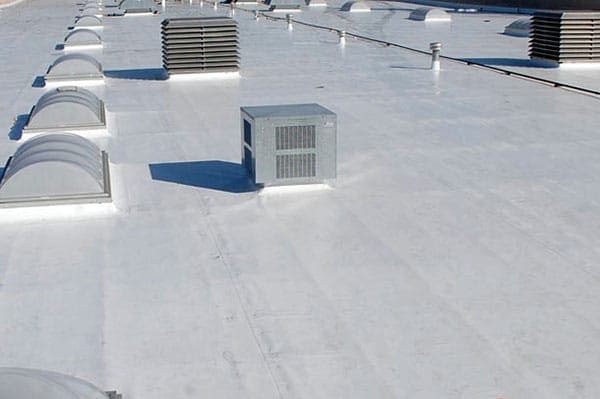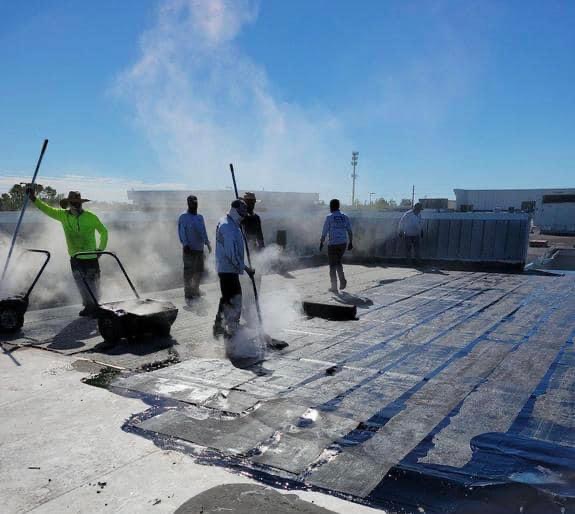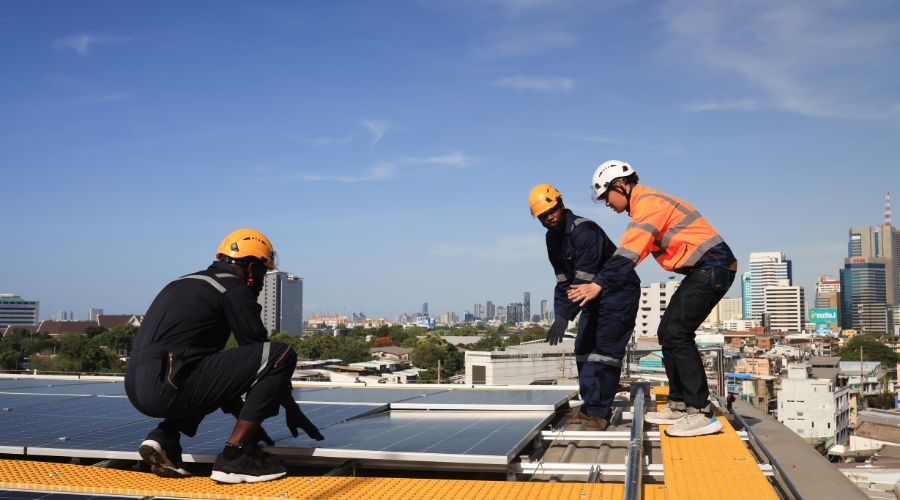Roof Replacement
When a roof reaches the end of its lifespan or suffers extensive damage, replacement is often the most reliable solution. A new roof not only restores protection but also improves efficiency, safety, and curb appeal,…
Learn More
When a roof reaches the end of its lifespan or suffers extensive damage, replacement is often the most reliable solution. A new roof not only restores protection but also improves efficiency, safety, and curb appeal,…
Learn More
A new roof is one of the most important investments you can make for your home or business. Proper installation ensures lasting protection, energy efficiency, and a strong return on investment. Whether building from the…
Learn More
Regular maintenance is the key to keeping your roof in top condition and avoiding unexpected repairs or premature replacement. A proactive maintenance program identifies small issues early and keeps your roofing system performing at its…
Learn More
Even the best roofs can develop problems over time—whether from storm damage, aging materials, or everyday wear and tear. Roof repair focuses on restoring the integrity of your roof quickly and effectively, preventing small issues…
Learn More
At Farina Roofing, we specialize in providing high-quality roof coating solutions that protect, extend, and enhance the life of your roof. Roof coatings are a cost-effective alternative to a full replacement, offering an added layer…
Learn More
Roof restoration is a smart, cost-effective way to bring an aging or damaged roof back to life without the expense of a full replacement. This process involves repairing weak spots, sealing cracks, and applying protective…
Learn MoreCommon signs include missing or curling shingles, water stains on your ceiling, sagging areas, or frequent leaks. If your roof is over 20 years old, it’s wise to get a professional inspection—even if it looks fine from the ground. A roofing expert can help you determine whether a repair will suffice or if a full replacement is more cost-effective in the long run.
Most residential roofing projects are completed in 1 to 2 days, depending on the size of the home and weather conditions. Larger or more complex roofs may take longer. Our team will provide a clear timeline during your estimate so you know exactly what to expect.
We work with a variety of roofing materials including asphalt shingles, metal roofing, rubber (EPDM), and architectural shingles. Each option offers different advantages in terms of durability, cost, and aesthetic. During your consultation, we’ll help you choose the material that fits your needs and budget.
It depends on the reason for the replacement. Most insurance policies will cover roof damage caused by unexpected events like storms or fallen trees. However, they typically don’t cover damage from general wear and tear or lack of maintenance. We’re happy to assist you with the insurance claim process and provide any necessary documentation.
Asphalt shingles are the most popular roofing material for residential properties due to their affordability, ease of installation, and wide variety of colors and styles. They typically last 20–30 years and offer solid protection for most climates.
Metal roofs are highly durable, energy-efficient, and low maintenance. They can last 40–70 years and are excellent at shedding snow and rain. While the upfront cost is higher than asphalt, the long-term savings often outweigh the initial investment.
Not at all. While flat roofs are common in commercial construction, they’re also used in modern residential designs. Materials like TPO, EPDM, or modified bitumen are used to ensure water resistance and durability. Flat roofs can also be used for rooftop decks or green roofs.
Architectural shingles are thicker, more durable, and have a dimensional look that mimics wood or slate. They typically last longer (up to 30 years or more) and are more resistant to wind and hail compared to 3-tab shingles, which are lighter, flat, and generally less expensive upfront.
Gutters direct rainwater away from your business’s foundation, siding, and landscaping. Without properly functioning gutters, you risk water damage, basement flooding, erosion, and even structural issues over time.
Gutters should be cleaned at least twice a year—typically in the spring and fall. However, if your home is surrounded by trees or prone to heavy storms, more frequent cleaning may be necessary to prevent clogs and overflow.
Gutter guards are protective covers installed over your gutters to block leaves, debris, and pests while allowing water to flow through. They reduce the need for frequent cleaning and help extend the life of your gutter system—especially beneficial in wooded areas.
Warning signs include sagging sections, rust or corrosion, water pooling around the foundation, peeling exterior paint, and frequent clogs or leaks. If repairs are becoming routine, a full gutter replacement may be more cost-effective.





